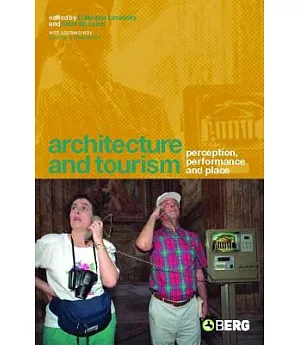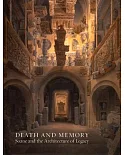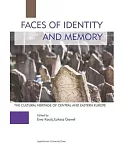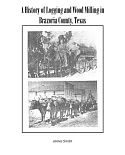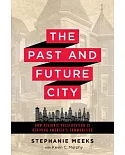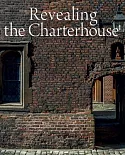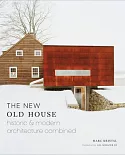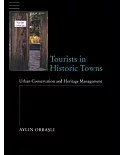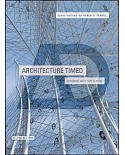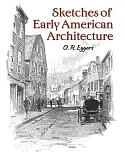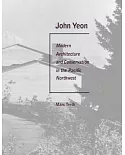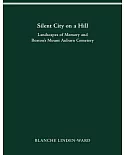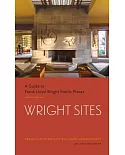Architecture and Tourism examines the relationship between tourism and the built environment and shows how photography, film, and souvenirs have been deployed to help mediate and
mythologize specific sites. It also explores how tourist itineraries, behavior, and literature support larger cultural objectives. Drawing upon case studies in the United States, Cuba, Ghana,
Greece, France, Italy, Libya, Mauritius and Spain, Architecture and Tourism explores the touristic experience, representation and meaning of place within distinct cultural contexts. From the
former sites of the slave trade on the Ghanean coast to the urban renewal of Old Havana and the honeymoon resorts in the Poconos, this book provides provocative insights into the practice of
tourism and the conception of place.

